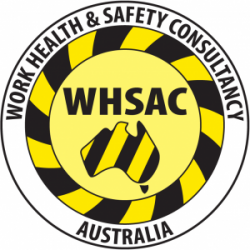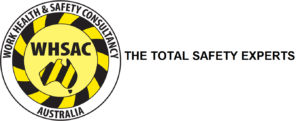Getting back to work is an important step in recovering from injury. Returning to work often reduces the financial and emotional impact on the worker and their family. Returning to work may mean going back to your old job or another suitable position. Being injured at work doesn’t always mean time off work. Continuing to work during rehabilitation is often the best thing for you, and can mean working reduced hours or lighter duties (suitable duties).
Research shows that staying at work has important health and wellbeing benefits. Early return to work and activity helps prevent long-term disability and improves the likelihood of you continuing to work once you’ve returned (called sustainable return to work).
Benefits of rehabilitation
As a worker, your participation and commitment to rehabilitation means:
- Return to work quickly and safely

- Less disruption to family, work and social life
- Improved employment and financial security
- Less time spent recovering from your injury
- Reduced level of impairment.
Employer participation in rehabilitation can:
- Reduce disruption impacting productivity
- Reduce staff turnover
- Improve staff morale and workplace industrial relations
- Minimise retraining expenses
- Reduce claims costs and impact on premium
- Help a worker’s return to the workplace.
Recovering at work
Early planning improves the chances are of a positive return to work. Identify ways to recover at work as early as possible. Clear communication between everyone involved is crucial to make the return to work safe, quick and successful. The rehabilitation process may include changes to worker duties, tools and equipment or arranging a move to a different area of the business. If a break from work is needed, you may need to identify alternative hours and days. Remember to think about what the worker can do, not what they can’t.
Communicate during return to work
Once the claim has been made, talk with your:
- Rehab & RTW Advisor—let them know you’ve begun planning your worker’s stay at or return to work.
- medical providers—discuss suitable duties so they have an understanding of the tasks involved in your worker’s role. Focus on capacity, not incapacity.
- workplace—ensure the immediate supervisor, and colleagues where relevant, know how and what the worker is doing to recover.
Responsibilities of return to work
Worker
- Keep a positive attitude
- Focus on what you can do
- Consider individual tasks of a job you could perform
- Participate in rehabilitation and follow restrictions
- Stay in contact with your employer and your RTW coordinator
- Make sure you’ve got up-to-date workers’ compensation medical certificates.
Employer
- Appoint a rehabilitation coordinator if required
- Keep regular contact with your worker and WorkCover customer advisor, unless self-insured
- Identify and provide suitable duties for your worker
- Monitor your worker’s progress
- Provide a supportive environment—be understanding of co-workers, etc.
Doctor
- Focus on what the worker can do
- Identify tasks the worker can do from the suitable duties list provided
- Approve suitable duties as appropriate
- Monitor the progress of the worker
- Upgrade as needed.
Rehabilitation & RTW Advisor
- Guide the return to work process
- Communicate with all parties
- Focus on what the worker can do
- Help find tasks the worker can do
- Monitor the progress of the worker
- Approve and reimburse the costs of rehabilitation.
- Focus on what the worker can do
- Communicate with all individuals involved
- Provide suitable duties outline to the treating doctor for approval
- Help (if required) with upgrade of suitable duties.
